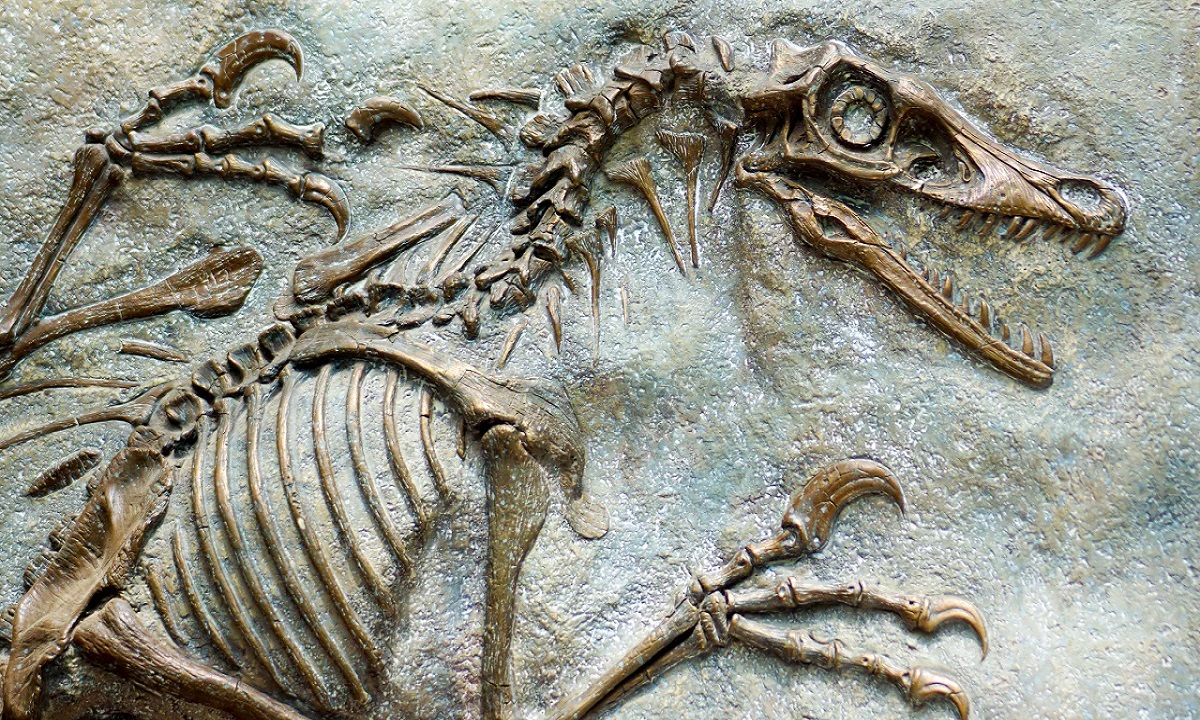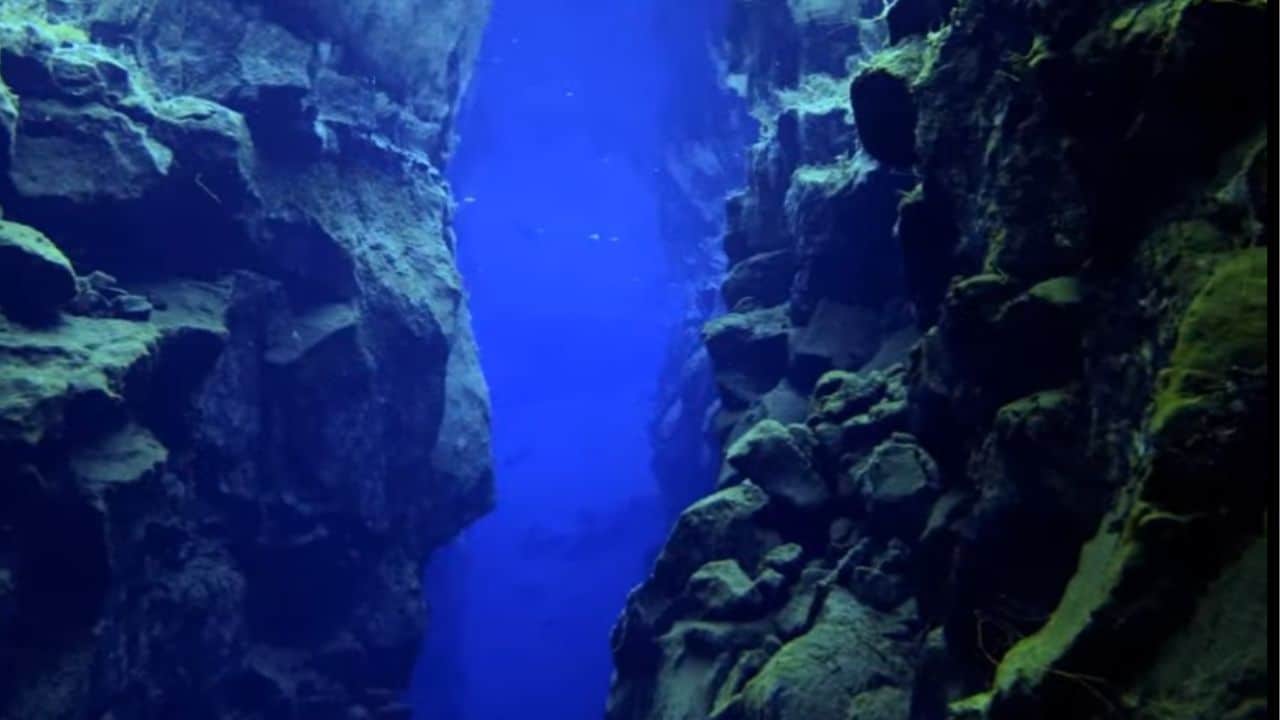The study of fossils has played an important role in shaping our understanding of evolution over the years. Through the examination of fossils, scientists have been able to reconstruct the history of life on Earth, deducing the sequence of events that led to the emergence of modern-day organisms. These incredible remnants, preserved and hidden away in sedimentary rock formations, provide an opportunity to explore the evolutionary relationships between ancient and modern species.
The concept of evolution by natural selection, presented by Charles Darwin in the 19th century, forever changed the way we perceive the world around us. And it is through the study of fossils that we have been able to piece together the puzzle of how life evolved on this planet. The science of fossils provides evidence that species have changed over time and allows us to trace the genetic relationships between different organisms. In addition to helping us understand how life has evolved, fossils also help us understand the ancient environments in which they lived.
What Are Fossils?
Fossils are the remains or traces of ancient organisms that have been preserved in rocks and other materials. They can be anything from bones, teeth, and shells to leaves, feathers, and even impressions left behind in mud or sediment. Fossils provide scientists with direct evidence about the history of life on Earth as well as clues about how species have changed over time. Fossils also provide evidence of the existence of ancient environments and can help us to understand how climate change has impacted life on our planet.
The study of fossils is known as paleontology, and these scientists use a variety of techniques to uncover, examine, and interpret the remains of long-extinct creatures. By studying the fossil record, paleontologists can answer questions about how species evolved and adapted to changing environments, as well as gain insight into the relationships between living things.
How Fossils Provide Insight Into Evolution
Fossils are one of the primary sources of insight into the evolutionary history of life on Earth. These organic and inorganic remains can range from bacteria to complex multicellular organisms and offer scientists a glimpse into the past. Studying fossils allows paleontologists to observe the changes in life forms over time, providing important clues to the mechanisms that shape evolution.
Additionally, fossil evidence can help us understand how species have adapted to different environments and how they became extinct. From the depths of time, fossils have been instrumental in shaping our understanding of evolution and offer a fascinating window into the history of life on our planet.
Examples of Fossils in the Stratigraphic Record
The study of fossils and their placement in the stratigraphic record is one of the most important tools available to paleontologists in understanding the evolution of life on Earth. In looking at the stratigraphic record, we can identify patterns in the distribution and appearance of fossils over time that provide important clues about the evolution of different communities of organisms. Specifically, there are three types of fossils commonly found in the stratigraphic record: body fossils, trace fossils, and organic molecules.
Body fossils are the most familiar type and include the preserved remains of organisms such as bones, shells, teeth, and leaves. Trace fossils, on the other hand, are indirect evidence of ancient life, such as burrows, tracks, and coprolites. Organic molecules are the newest type to be studied and have been used to probe deeper into the past than what was previously thought to be possible.
How Fossils Help Us Understand the History of Life on Earth
Fossils provide valuable insights into the history of life on Earth. They are the remains of ancient organisms that have been preserved in sedimentary rock, and they offer a window into the past that helps us understand how life has evolved over billions of years. Fossils can be used to study the physical characteristics, behavior, and ecology of extinct species, and they also provide clues about the geological processes that shaped the Earth’s surface. Here are clues about how different species interact and how long ago they lived:
- Fossils can reveal the ancient behavior of extinct species, such as how they moved and what they ate.
- The placement of fossils in the stratigraphic record provides insights into the age of different organisms.
- Fossils allow us to identify past climate changes and how ancient ecosystems responded.
- They can provide evidence of the evolutionary relationships between living things and how they have adapted over time.
- Fossils also help scientists to better understand the causes of mass extinctions and their effects on life on Earth.
By examining the distribution and diversity of fossils in different geological layers, researchers can reconstruct the chronology of life on Earth and identify key events in the evolutionary history of various groups of organisms. This information has allowed scientists to piece together a detailed account of how plants and animals have adapted and diversified over time and sheds light on the complex interactions that have shaped the evolution of life on this planet.
The Study of Fossil Records to Identify Mass Extinction Events
The study of fossils is an essential tool in understanding the history of life on Earth. By examining the remains of organisms preserved in rocks, we can gain insights into the biology and ecology of ancient species, as well as how environmental conditions have changed over time. One particularly significant area of research is the identification of mass extinction events, which have played a pivotal role in shaping the course of evolution.
Mass extinctions are times when large numbers of species die out within a relatively short period. They have occurred at several points in Earth’s history, with the most well-known being the extinction of the dinosaurs around 66 million years ago. Through the study of fossil records, scientists can identify patterns of extinction, investigate their causes, and assess the impacts of these events on the evolution and diversity of life on our planet. This research is vital for understanding how past environmental changes have influenced the development and survival of species and how they may inform our approach to conservation and the management of ecosystems today.
In Conclusion
The study of fossils has played a crucial role in shaping our understanding of evolution and the history of life on Earth. It is through the discovery and analysis of fossils that we have been able to piece together the various evolutionary pathways that have led to the diversity of life found on our planet today. As new techniques and technologies emerge, it is likely that our understanding of fossils and their significance will continue to evolve and expand. Nonetheless, fossils will always remain a fundamental tool for understanding the origins and development of life on our planet.










































